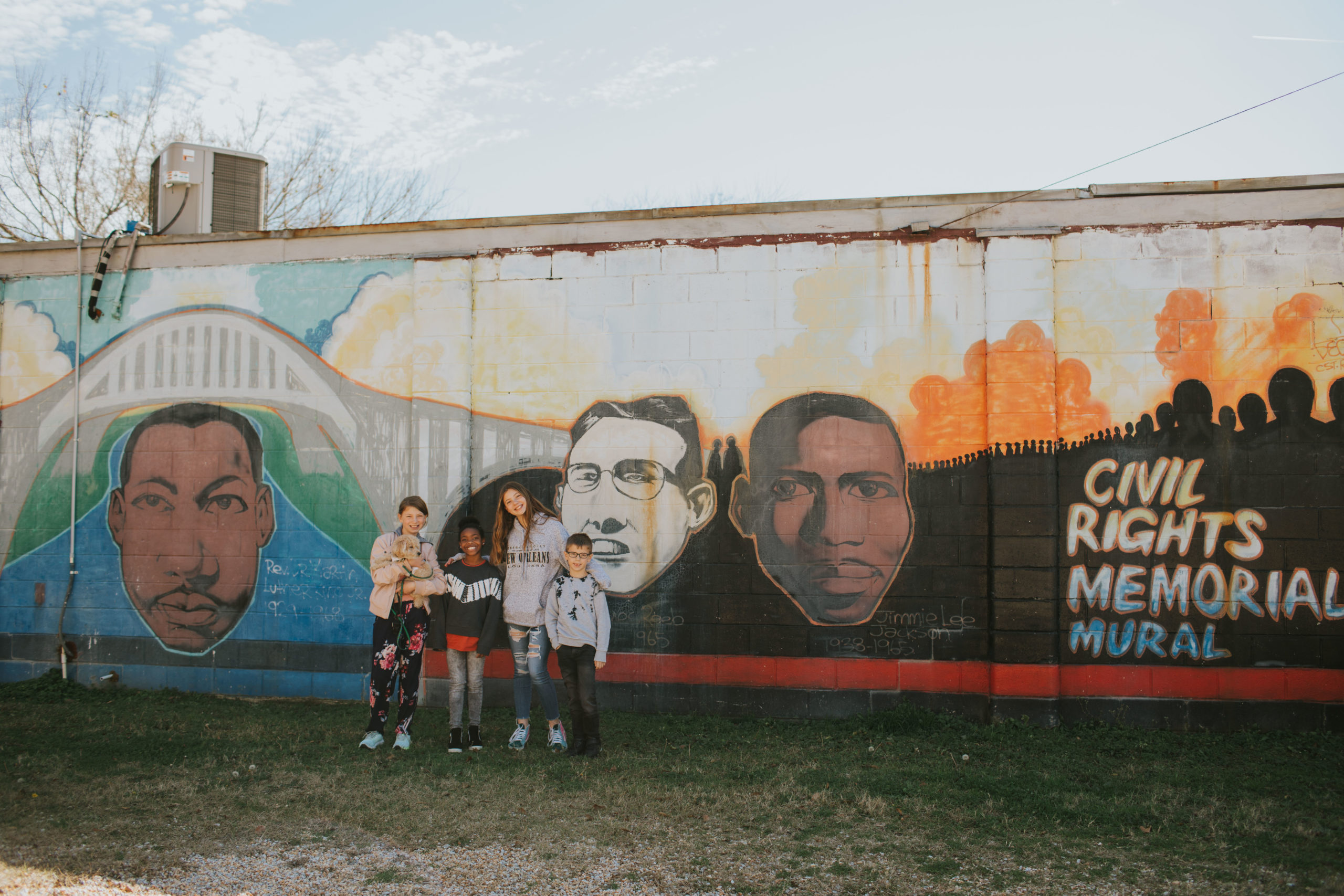
Black History Month now & always
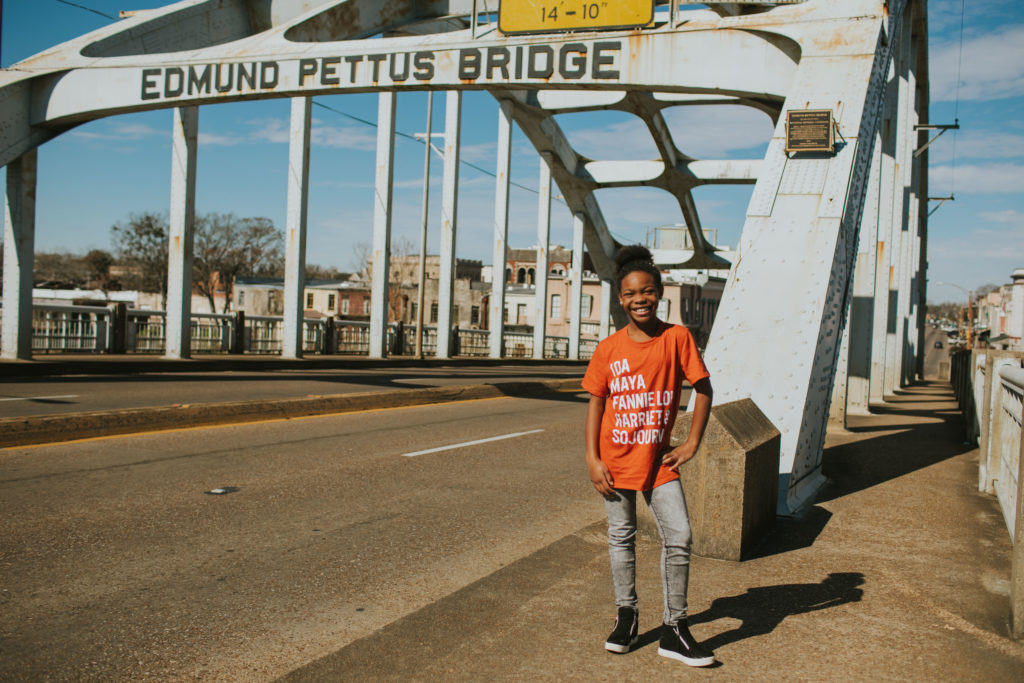
History matters. When I was an 8th grade history teacher a quote by James Baldwin always hung in our classroom, “American history is longer, larger, more various, more beautiful, and more terrible than anything anyone has ever said about it.” This quote reminds us that the narrative of history continues and we must reckon with the past if we are to understand our present and affect change in our future in America.


With almost everything (work & school) still remote our family decided to change up things this year and head south for warmer weather and to visit historical sites and learn about our past as a nation. Black history IS American history. In college studying Race Relations and African American history I remember having a real crisis in my faith and trust in the educational system as I realized most of the narrative I had been taught from white washed history textbooks overlooked the diverse and sometimes very dark past of our nation. But I am grateful I was challenged to not stay there- white guilt helps NO ONE and changes NOTHING. We can and must work through it and then continue to grow and learn; something I hope and pray I continue until my last breath.
The importance of listening
Many voices in history are excluded from the narrative and others are elevated. The white washing of history is troubling and has real consequences for where we are right now as a country. Black history must not be regulated to a few historical figures we talk about in February every year as this only reinforces tokenism. We must truly learn our history if we seek to repair and heal as a nation. And we want this to affect real change in our family.

As a transracial adoptive family we are always seeking to learn how to create a safe space in raising white and Black children in the same home. Allowing our kids to all question, feel safe, and not be exposed to trauma while learning about history is difficult. It requires much thought and prayer and lots of conversations; early and often. It also requires action- to make sure my children are listening to voices often excluded. Our time in Selma and Birmingham was about learning. And we are continuing to ask what John Lewis meant by “when we pray we move our feet.”
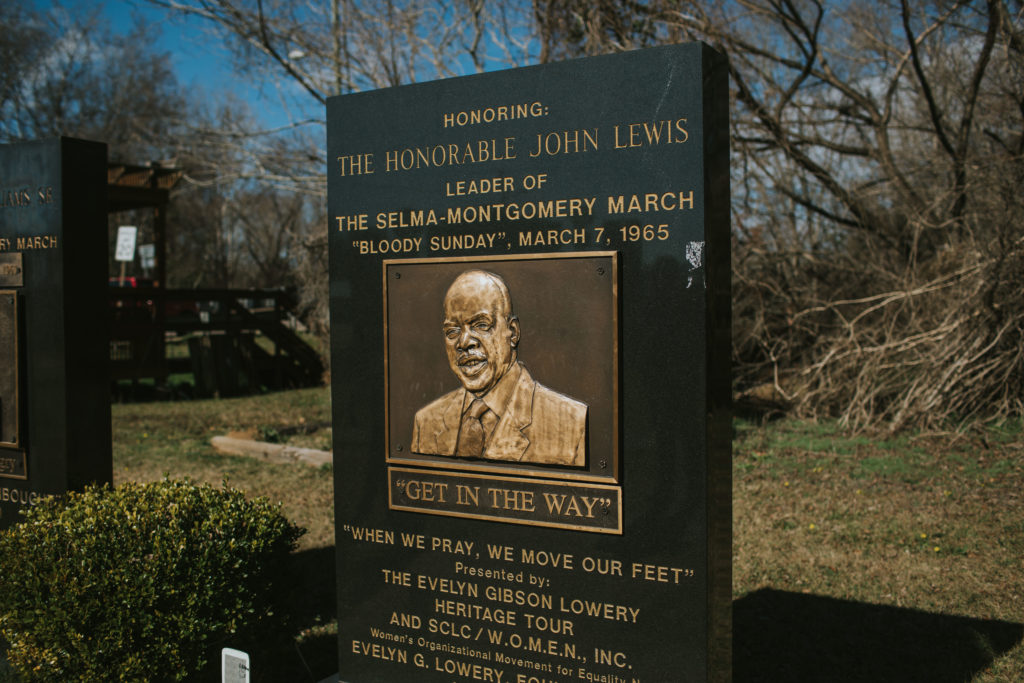
Letter from a Birmingham Jail
Our road trip from Gulf Shores to Birmingham was spent listening to Dr. King’s 1963 “Letter from a Birmingham Jail” in it’s entirety as read by Tyler Burns on Pass the Mic.
This letter is so important to listen to each year and sadly could have been written today. Dr King wrote, “I have almost reached the regrettable conclusion that the Negro’s great stumbling block in his stride toward freedom is not the White Citizen’s Counciler or the Ku Klux Klanner, but the white moderate, who is more devoted to “order” than to justice; who prefers a negative peace which is the absence of tension to a positive peace which is the presence of justice; who constantly says: “I agree with you in the goal you seek, but I cannot agree with your methods of direct action”; who paternalistically believes he can set the timetable for another man’s freedom; who lives by a mythical concept of time and who constantly advises the Negro to wait for a “more convenient season.” Shallow understanding from people of good will is more frustrating than absolute misunderstanding from people of ill will. Lukewarm acceptance is much more bewildering than outright rejection.”
The jail cell door where Dr. King was incarcerated while he wrote the letter is at the Birmingham Civil Rights Institute. This moment with the kids was profound.
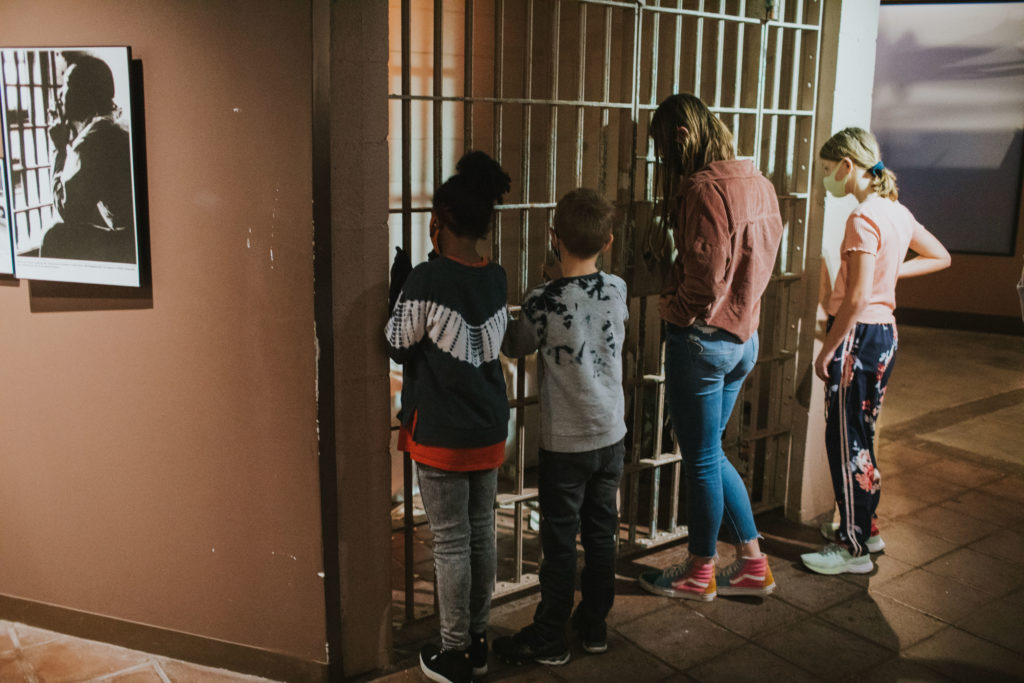
Selma, Alabama
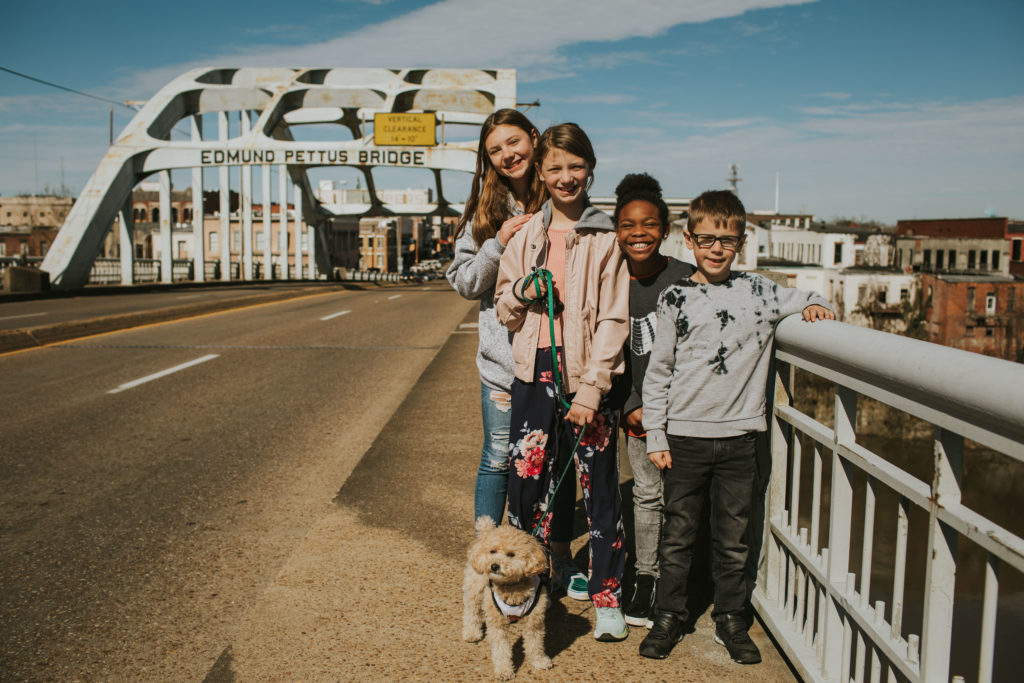
Walking across the Edmund Pettus Bridge where “Bloody Sunday” and then the final march across happened in March 1965 was a must for us. John Lewis and others led around 600 activists marching for voting rights across the bridge. The Voting Rights Act of 1964 had not been extended to many Blacks living in Alabama and the marchers were organizing and protesting.
A century after the Civil War and the supposed end of slavery Jim Crows laws across the south were violating the rights of Black Americans. King had come to help organize, and wrote to the New York Times, “This is Selma, Alabama. There are more negroes in jail with me than there are on the voting rolls.”
As the crossed the bridge they faced attacks by the state troopers following orders of Alabama’s Governor George Wallace. Marchers came to the Edmund Pettus Bridge (named in 1940’s for a Confederate general and leader in the KKK) and were told to stop. Crowds awaited the protestors; some waving confederate flags, and the state troopers, with gas masks affixed to their faces and clubs in their hands, advanced on the marchers. The violence was seen across the nation as there were images and news reports that caused many Americans to finally wake up to the violence of segregation.
This triggered a national outcry in the long battle for voting rights and became a turning point in the Civil Right’s Movement of the 1950-60’s. A few weeks later 3,500 marchers were able to walk from Selma to Montgomery with the protection of federalized National Guard troops. We walked across this bridge in memory of those willing to sacrifice their personal safety for all to know the freedom and asked God to continue to bless those continuing in the fight for freedoms today in our modern day civil rights movement.
Civil Rights Institute
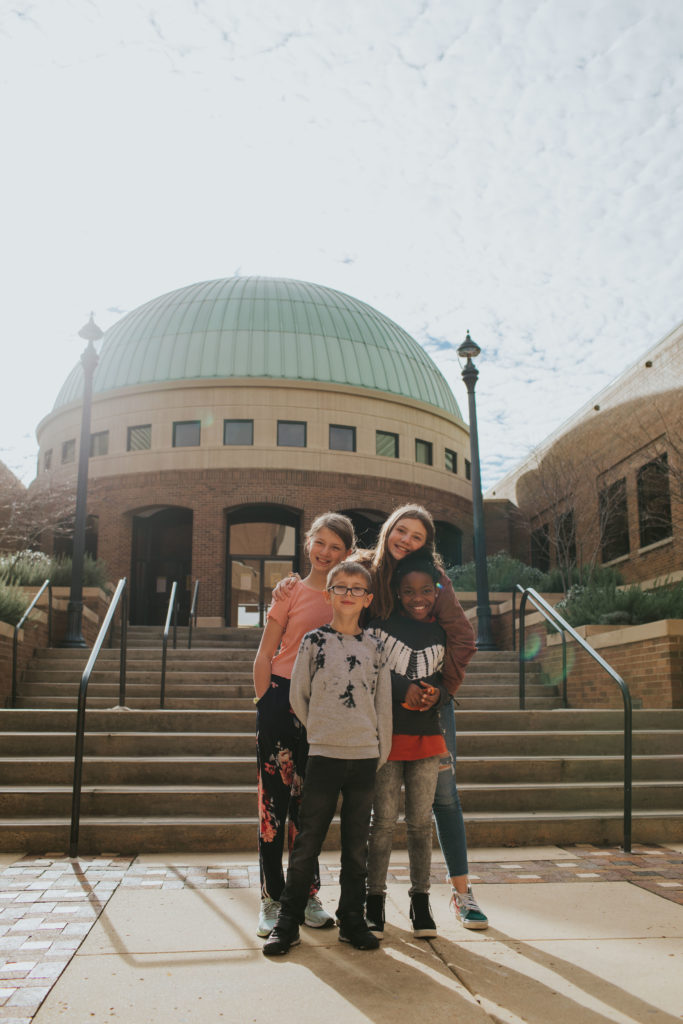

16th Street Baptist Church
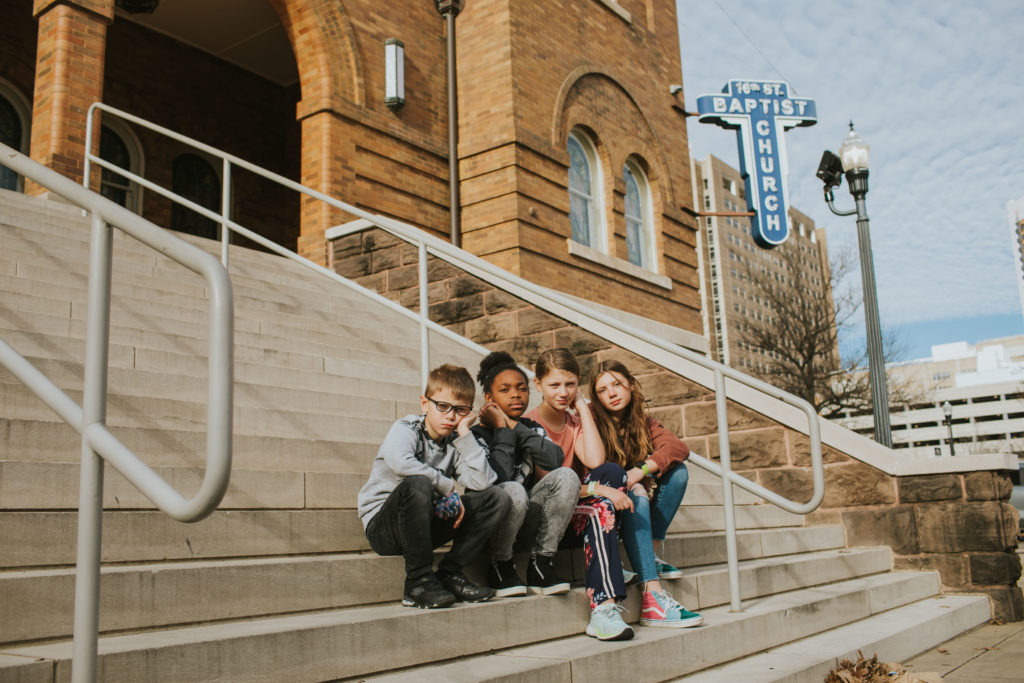
Then we headed to the 16th Street Baptist Church where on Sunday, September 15, 1963, at 10:22 a.m., the church became known around the world as 4 young girls were murdered. The bombing was the 3rd in only 11 days after the federal government ordered that Alabama schools must integrate. Birmingham became known as “Bombingham” as a result.
A bomb exploded that day killing three 14 year olds; Cynthia Wesley, Carole Robertson, and Addie Mae Collin and 11 year old Denise McNair. At the back of the church there is a memorial stone for the young girls. More than 20 other members of the congregation were injured in the blast.
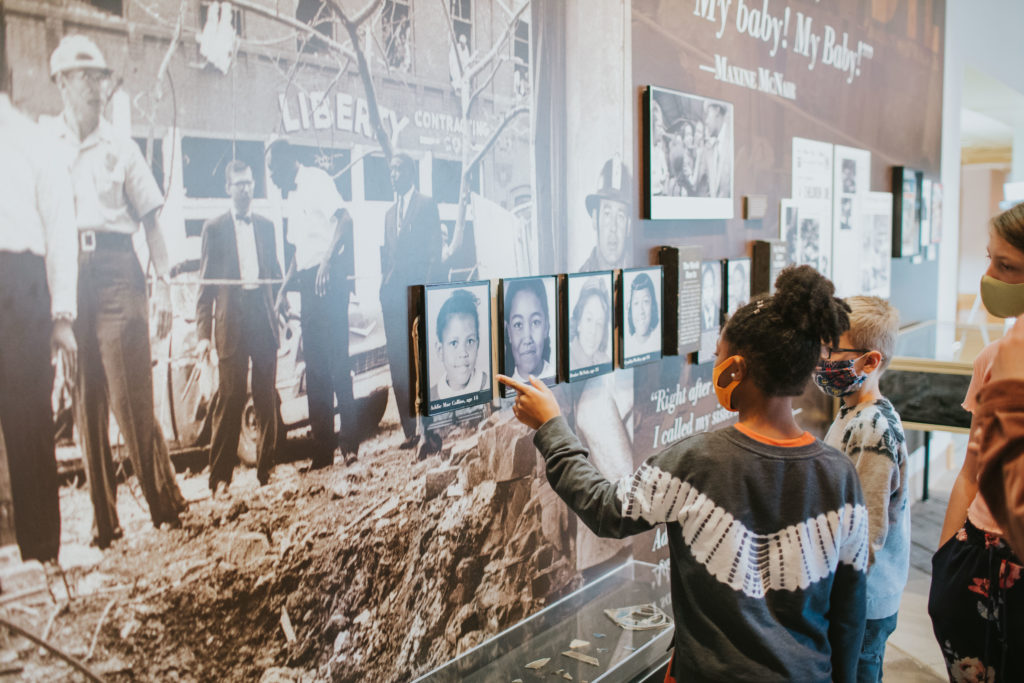
The current Civil Rights Institute is now located across the street from the church and has a section of the museum dedicated to this event and other acts of terror throughout the south and the brave citizens that continued to stand up in the face of violence and evil to assert their rights.
Freedom Walk
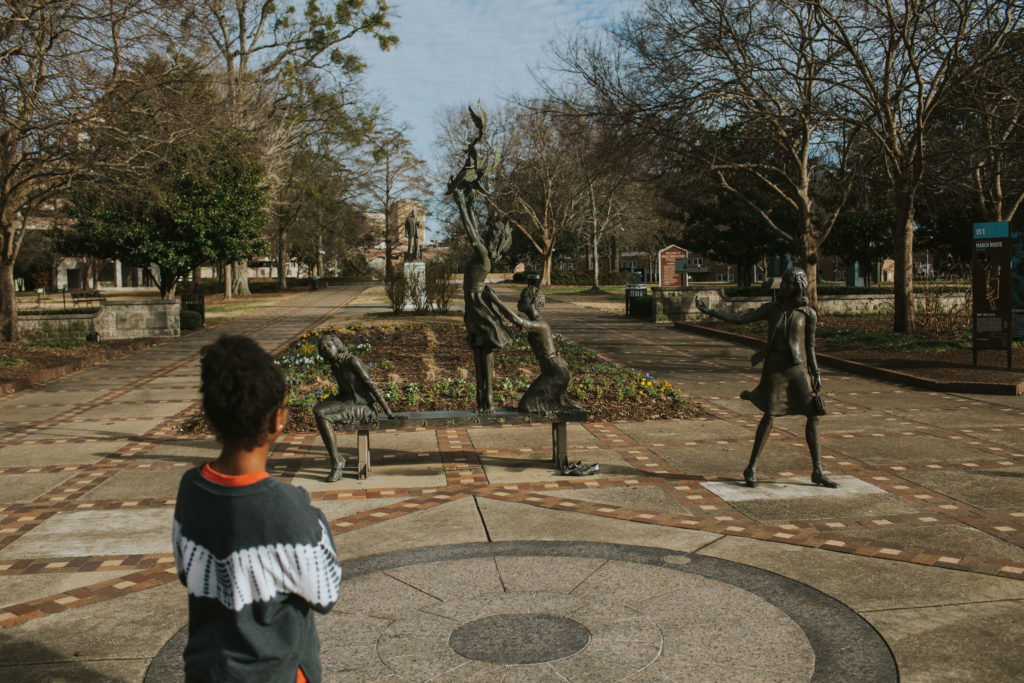
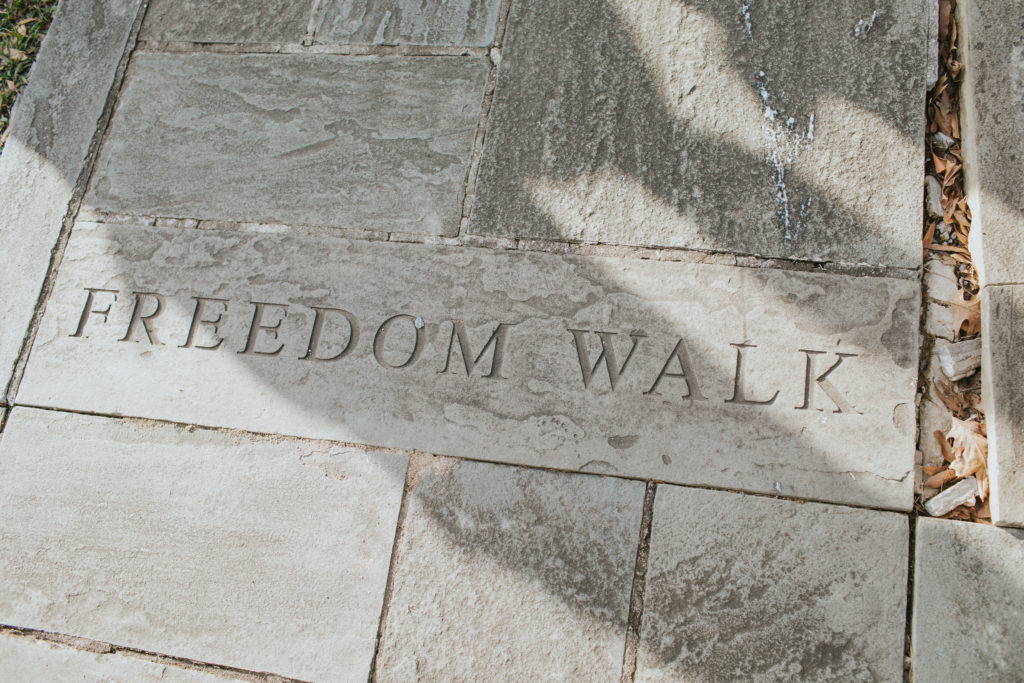
We walked through various locations on the Freedom Walk. Be sure to find the placards because you can call in and hear historical information via your cell phone.
There is so much more to see and learn. See my last trip to Alabama including EJI and Dr. King’s Church here. These events are historical but there are clear connections and consequences for what is happening right now. So much more to learn and so much left undone in the freedom of all people.
More from our time in Alabama over on my personal website.
Resources for you
This list is not meant to be exhaustive by any means but hopefully a helpful starting place of resources for Black History- this month & always:
How to Talk to your Kids about Race by Jemar Tisby
The Witness article: No More Black History Bulletin Boards
The Museum of the Black Family Resources for Black History Month
Antiracist Books for Kids and Teens Recommended by BIPOC Teachers and Librarians
Join the Facebook group book study on the new book by Jemar Tisby How to Fight Racism happening this month!
Children’s Books on African American Freedom Fighters
Please comment with other resources or must visit places!
February 4, 2021
Leave a Reply Cancel reply
I’m a visual storyteller photographing emotion, connection, and the beauty in the messy.
I work with families, couples, and bold individuals to tell their stories with heart—
and partner with nonprofits and purpose-driven brands to share their impact with intention, dignity, and excellence.
Brand Photographer & Storyteller | Based in Raleigh, North Carolina

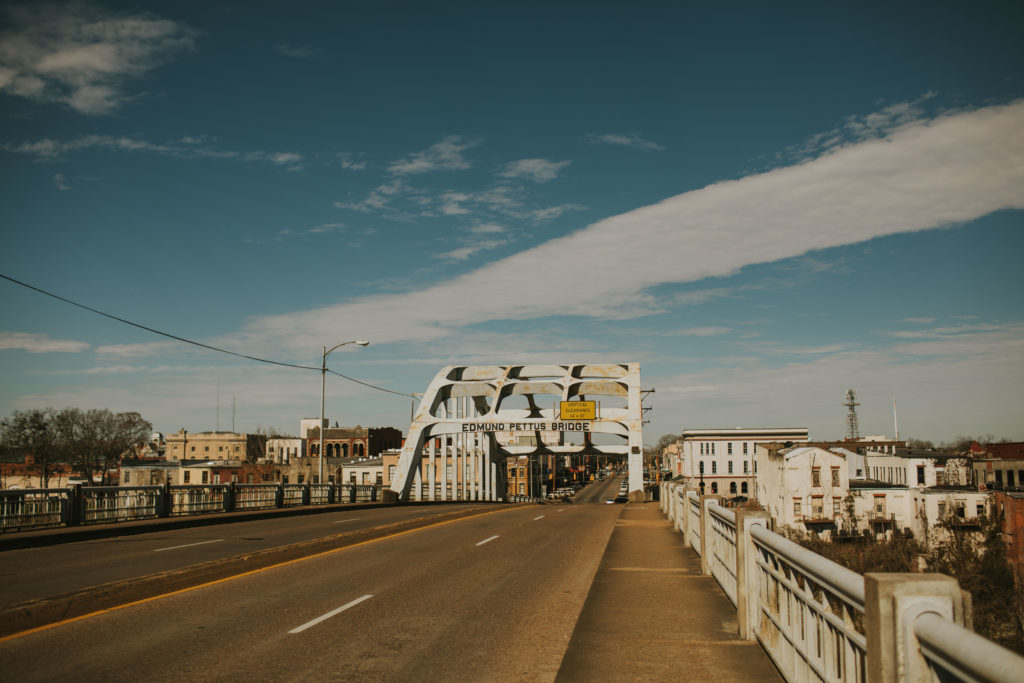
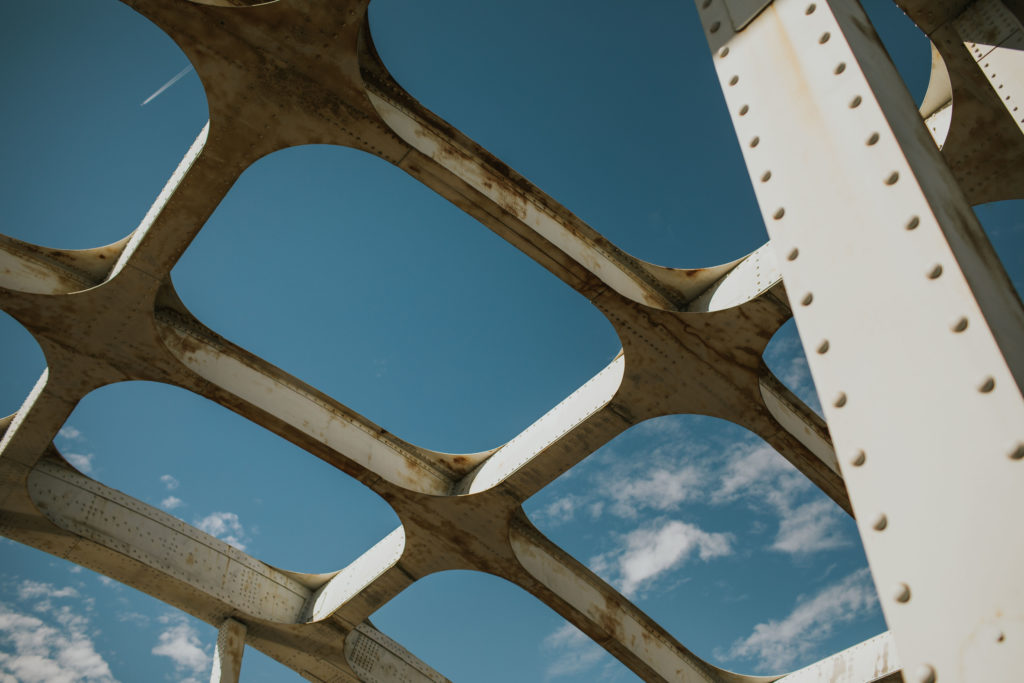
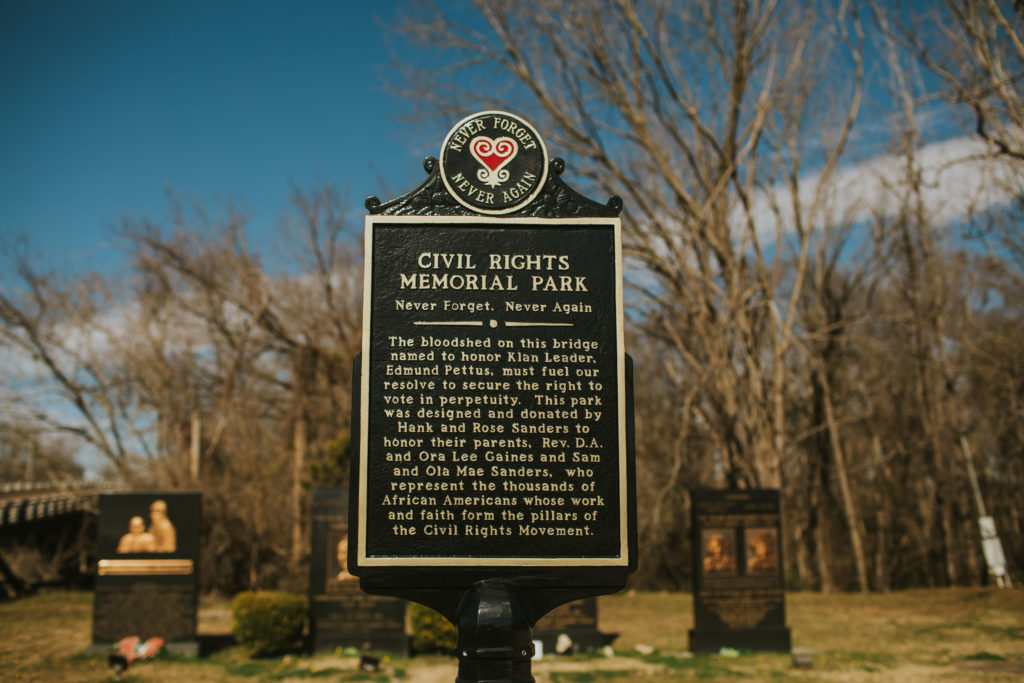
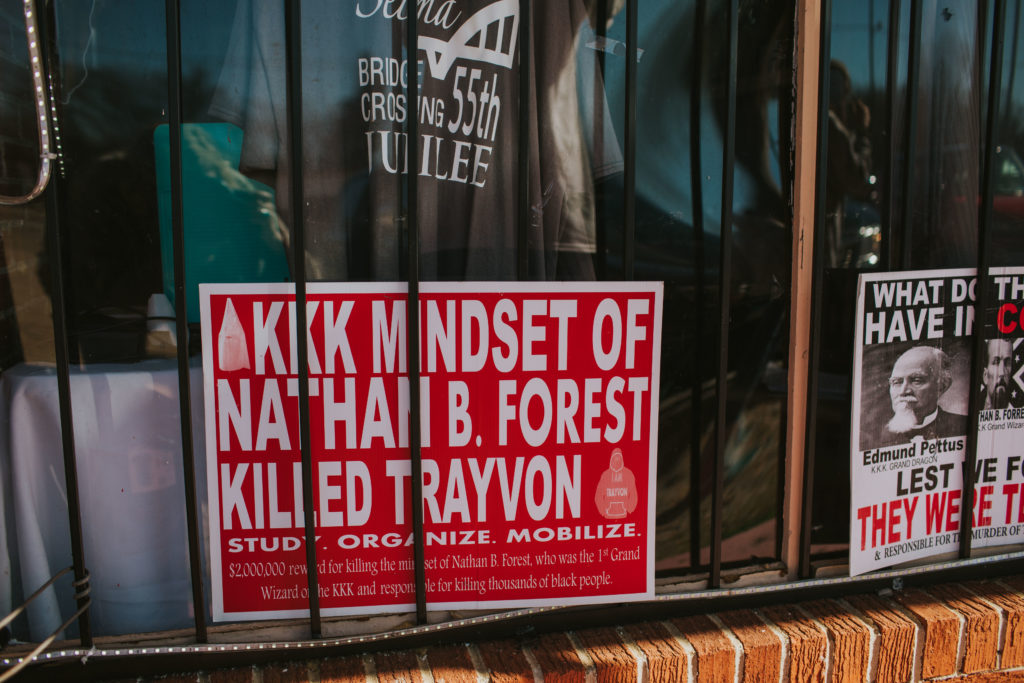
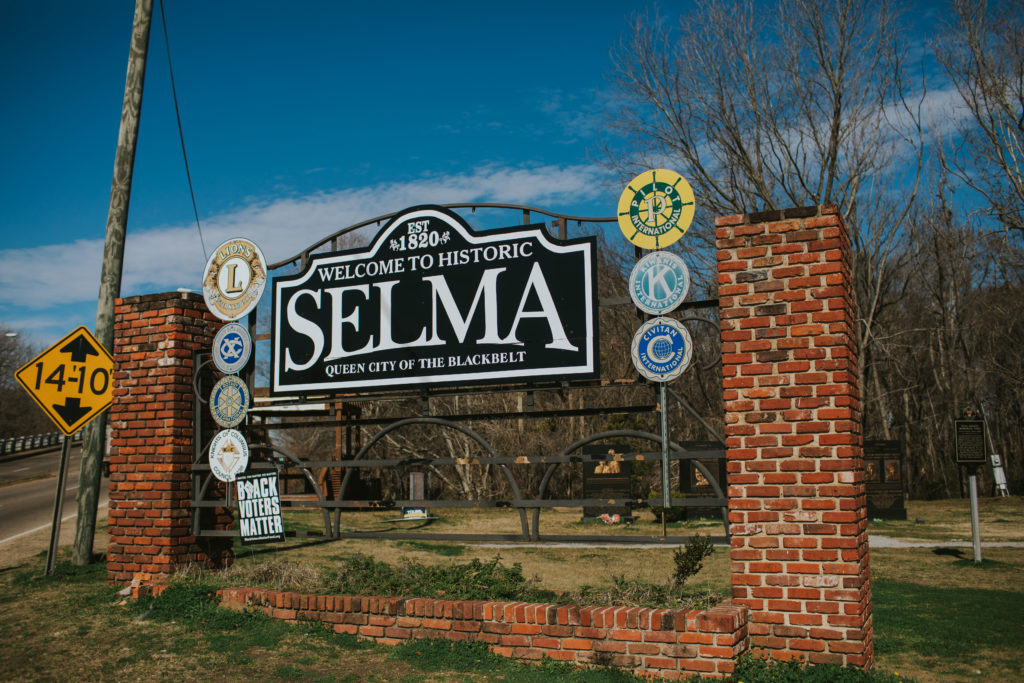
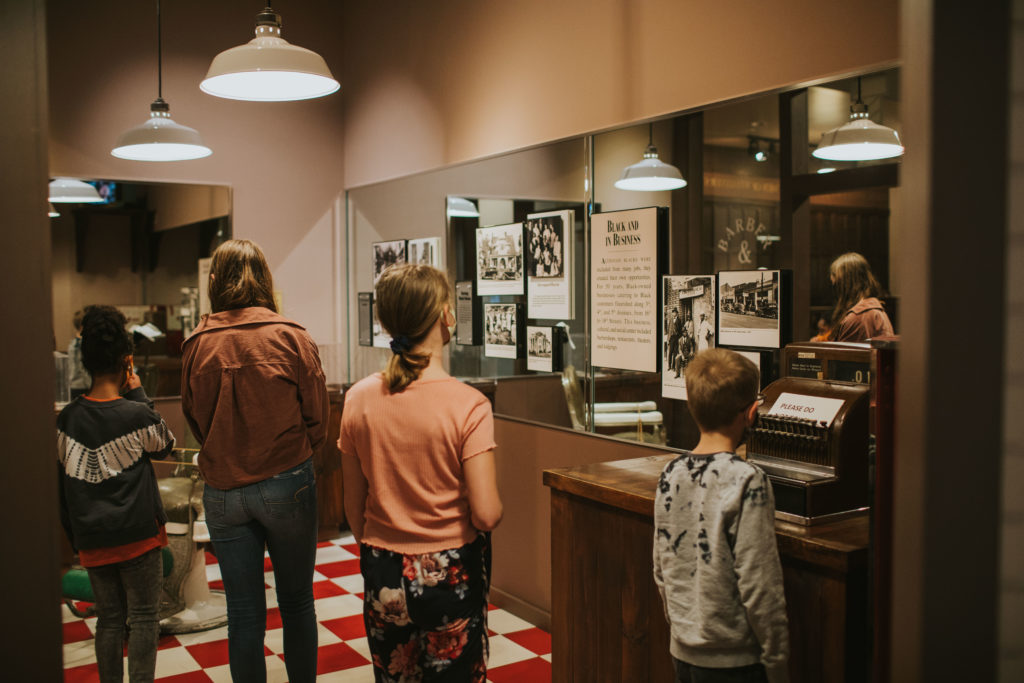
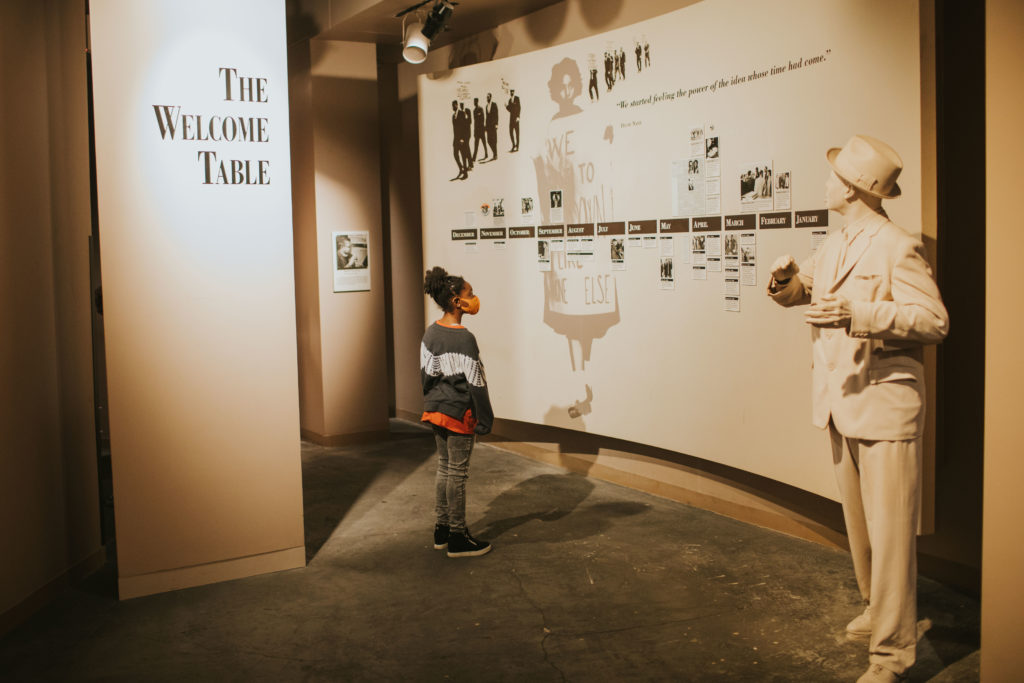
[…] more about the specifics about what we did to intentionally learn more history over at Hawa Images. I linked resources there for Black History month as […]